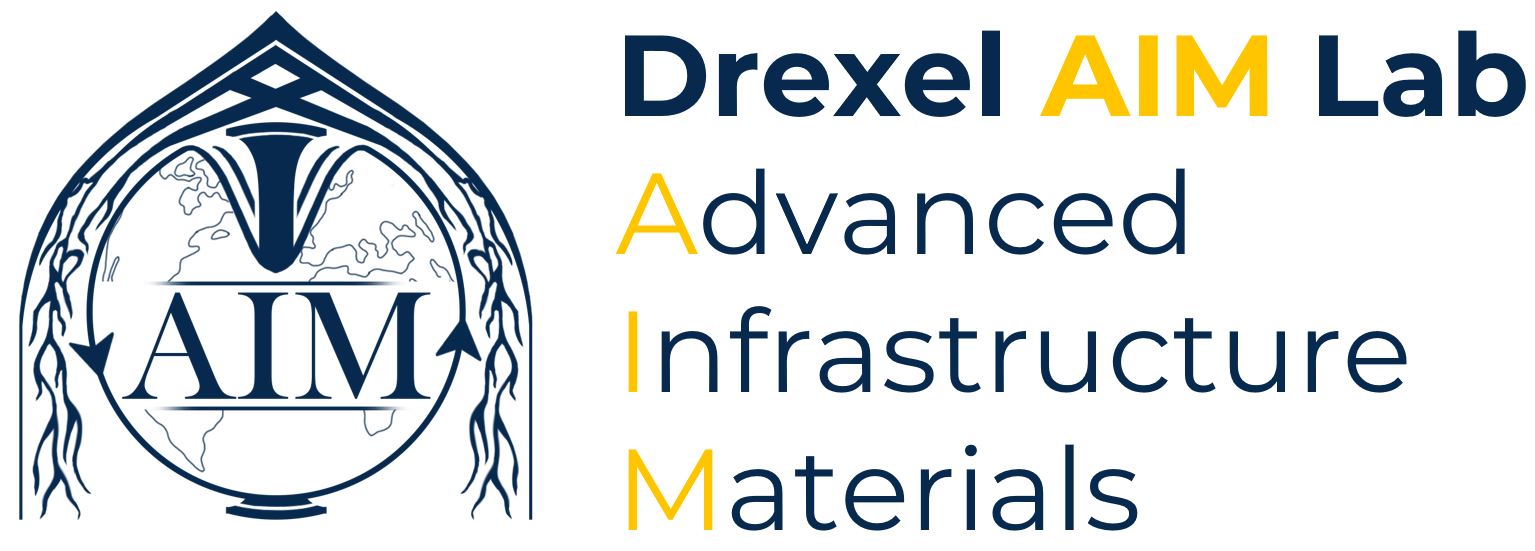Investigating Temperature Change Rate and Pore Confinement Effect of Thermal Properties of Phase Change Materials for De-icing and Low-temperature Applications in Cementitious Composites
Incorporation techniques of phase change materials (PCM) in cementitious composites have a significant influence on thermal properties. This study investigated the thermal behavior of low-temperature PCM when subjected to varying temperature change rates and pore confinement inside the porous network of lightweight aggregates (LWA) and encapsulation using melamine-formaldehyde-based polymer. Three categories of thermal energy storage (TES) specimens were prepared: (i) Bulk PCM (i.e., liquid PCM), (ii) micro-encapsulated PCM (MPCM), and (iii) four different LWAs infused with PCM (PCM-LWA). The thermal properties of small-scale individual TES specimens were analyzed using a low-temperature differential scanning calorimeter (LT-DSC) to evaluate the effect of ramp rates. Dynamic vapor sorption (DVS) analysis was utilized to characterize the pore structure of LWAs. LT-DSC results show that undercooling of the PCM significantly increases with the rise in ramp rate for all the specimens; the temperature change rate affects the nucleation and crystallization growth process during the phase transition. Pore structure characterization of LWAs indicates that the majority of the pores (> 92 %) were larger than 17.3 nm (i.e., macropores). Confined liquid properties are subjected to modification due to interaction with the confining surfaces, as explained by Gibbs-Thomson’s theory. PCM incorporated in the LWA porous network experienced variable degrees of supercooling during phase transition; the magnitude of confinement pressure is dependent on the pore diameter, structure, and tortuosity. Experimental evidence suggested that PCM-LWA will exhibit gradual expulsion of enthalpy of fusion over a larger temperature range (i.e., ~-5 oC to 4.28 oC) in comparison to MPCM (i.e., ~4.28 oC).Incorporation techniques of phase change materials (PCM) in cementitious composites have a significant influence on thermal properties. This study investigated the thermal behavior of low-temperature PCM when subjected to varying temperature change rates and pore confinement inside the porous network of lightweight aggregates (LWA) and encapsulation using melamine-formaldehyde-based polymer. Three categories of thermal energy storage (TES) specimens were prepared: (i) Bulk PCM (i.e., liquid PCM), (ii) micro-encapsulated PCM (MPCM), and (iii) four different LWAs infused with PCM (PCM-LWA). The thermal properties of small-scale individual TES specimens were analyzed using a low-temperature differential scanning calorimeter (LT-DSC) to evaluate the effect of ramp rates. Dynamic vapor sorption (DVS) analysis was utilized to characterize the pore structure of LWAs. LT-DSC results show that undercooling of the PCM significantly increases with the rise in ramp rate for all the specimens; the temperature change rate affects the nucleation and crystallization growth process during the phase transition. Pore structure characterization of LWAs indicates that the majority of the pores (> 92 %) were larger than 17.3 nm (i.e., macropores). Confined liquid properties are subjected to modification due to interaction with the confining surfaces, as explained by Gibbs-Thomson’s theory. PCM incorporated in the LWA porous network experienced variable degrees of supercooling during phase transition; the magnitude of confinement pressure is dependent on the pore diameter, structure, and tortuosity. Experimental evidence suggested that PCM-LWA will exhibit gradual expulsion of enthalpy of fusion over a larger temperature range (i.e., ~-5 oC to 4.28 oC) in comparison to MPCM (i.e., ~4.28 oC).
View Full Paper


Development of Self-Heating Concrete using Low-Temperature Phase Change Materials: Multi-scale and In-situ Real-Time Evaluation of Snow-Melting and Freeze-thaw Performance
This work examined the performance of self-heating concrete under laboratory thermal conditions and outdoor real-time conditions during the fall and winter seasons. Snow melting
and freeze-thaw performance of low-temperature phase change materials (PCM) incorporated self-heating concrete slabs in various scales were evaluated. PCM exhibited high enthalpy of fusion (ΔHf ≈ 170-180 J/g), long-term thermal stability, and desirable supercooling. The experimental program includes: (i) optimization of concrete mix designs for maximum PCM incorporation, (ii) characterization of thermal properties of PCM-mortar specimens using longitudinal guarded comparative calorimetry (LGCC), and (iii) large-scale PCM concrete slabs in outdoor conditions to evaluate the real-time thermal performance against freeze-thaw events and snow-melting efficiency. Two different approaches were used to incorporate PCM in concrete: (i) submersion of liquid PCM in porous lightweight aggregates (PCM-LWA) and (ii) micro-encapsulated PCM (MPCM). Both PCM-LWA and MPCM concrete not only exhibit promising snow melting capabilities but also lowered the number of freeze-thaw cycles during cold seasons. PCM-LWA concrete performed better in decreasing the number of freeze-thaw (F-T) cycles due to the undercooling phenomenon created by the LWA pore network confinement pressure, allowing gradual latent heat release; the undercooling phenomenon in PCM-LWA results in phase transformation in a wider low-temperature range (i.e., 3.94 oC to -13.04 oC). Therefore, the PCM-LWA concrete was effective in melting snow within a wider range of low temperatures. MPCM concrete was found to provide a rapid melting capability during a snowfall event due to its ‘one-shot’ heat release phenomenon. Both LWA-PCM and MPCM concrete slabs demonstrate promising heat response and snow melting capability.
